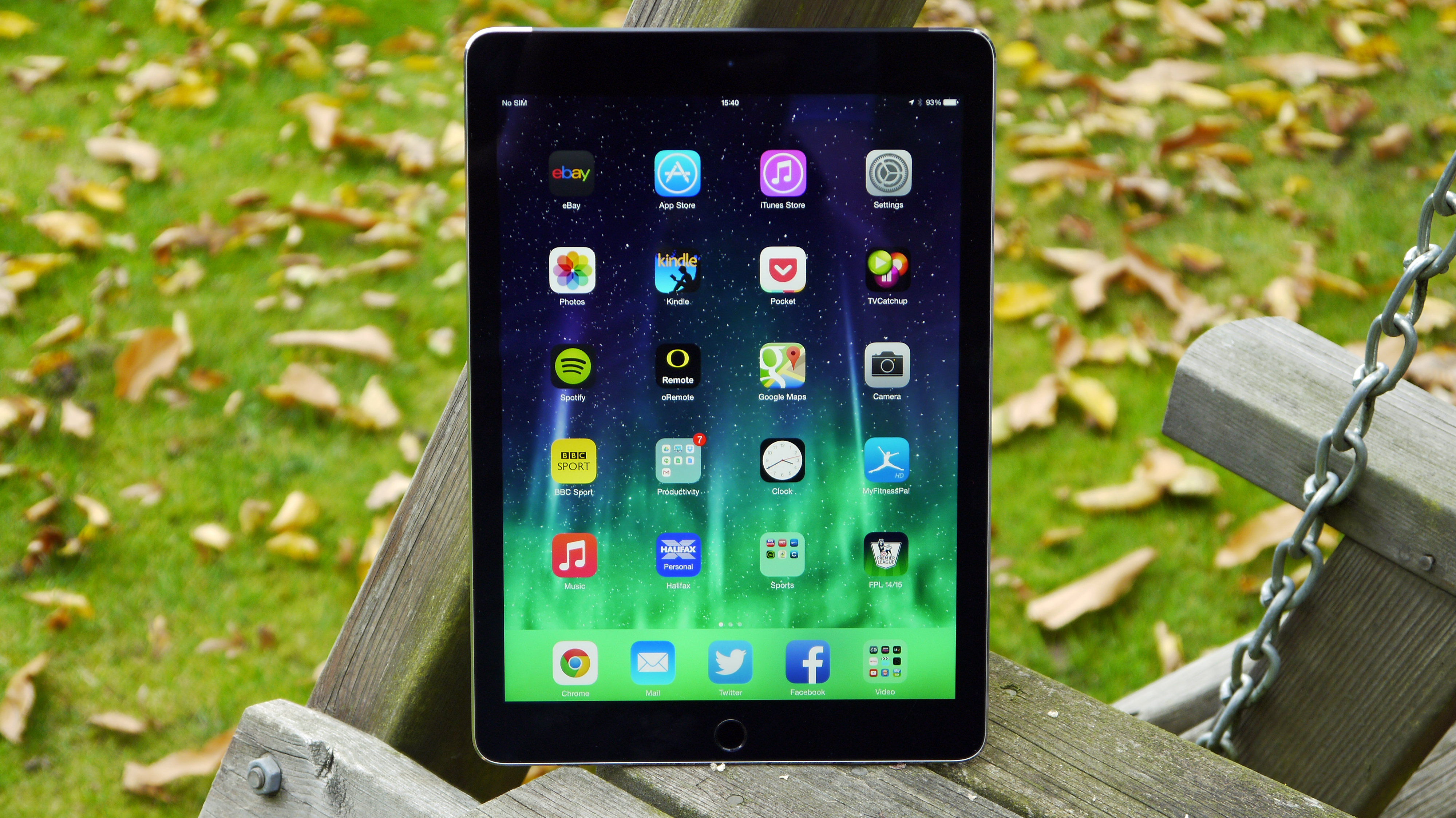Surface Pro 3 vs iPad Air 2: which is better for business?
Which tablet is ideal for business users?

iPad Air 2
The latest iPad improves on the original design without making any overly dramatic changes. The device is exceptionally intuitive to use, and that has always been the main advantage for any business (or consumer) user. The latest model, the iPad Air 2, is 18% thinner than the last model and weighs just under a pound.
The 9.7-inch display is not as big (or as square) as the Surface Pro 3, but it looks bright and crisp at 2048 x 1536 pixels. (The Surface Pro 3 boasts 2160 x 1440.) The Air 2 has a fast 64-bit processor, lasts all day, and offers improved graphics and video processing. However, for the business user, the specs are not what will draw anyone to use the device on a business trip.
There is one clear trend when it comes to the iPad in business: it dominates. Walk into any airport and you will see mobile professionals typing up emails alongside consumers playing Angry Birds. This is also true in conference rooms, work cafeterias, and board meetings. As Kitagawa explained, it might be too easy to discount the iPad as only a consumer tablet just by the sheer number of them proliferating in every corner of business.
There is a touch app for just about any purpose – streaming what's on the screen to a projector, tapping into the files on your PC at the office, and running enterprise apps from companies like Oracle and SAP that have been designed specifically for iPad. For touch apps, there's a night and day difference with the iPad offering millions and the Surface Pro 3 offering only a handful of useful touch-enabled business apps. That said, the Surface Pro 3 can run millions of Windows desktop apps, something the iPad can't boast.
"If you are checking emails and using simple web-based apps, then the iPad is mostly OK," Kitagawa says. "If the user has desktop-based business applications, then that could be an issue – and not only running the business application but also the user experience as mentioned before is critical. iPad is a great tool for certain applications like hospital use or a cash register."
"The iPad Air 2 does have some points in its favour, including a somewhat lower price and optional 4G wireless support," says King. "If those are critical issues, it could make deciding between the two a harder chore than it would be otherwise."
Apple did not respond to a request for comment on the business advantages of its tablet. The latest version does add a fingerprint reader for added security. Apple has recently opened its APIs to allow third-party device management tools like those from Good and Air-Watch track the device. A recent partnership with IBM is an effort to help IT departments track the iPad and to improve enterprise security for the device, but it's unclear how businesses will react.
Sign up to the TechRadar Pro newsletter to get all the top news, opinion, features and guidance your business needs to succeed!
Final thoughts
In the end, the iPad is still the dominant tablet by a wide margin. There are more apps, the UI is more intuitive, there are hundreds of third-party accessories, cases, docks, and add-ons. As a tablet, it's designed to keep you connected over email and on the web. However, for widespread deployment in an enterprise, it's also clear that the Surface Pro 3 is finally taking its rightful place as a mobile device to take seriously in business.
- You might also want to check out: Should you buy the Surface Pro 3?
John Brandon has covered gadgets and cars for the past 12 years having published over 12,000 articles and tested nearly 8,000 products. He's nothing if not prolific. Before starting his writing career, he led an Information Design practice at a large consumer electronics retailer in the US. His hobbies include deep sea exploration, complaining about the weather, and engineering a vast multiverse conspiracy.
